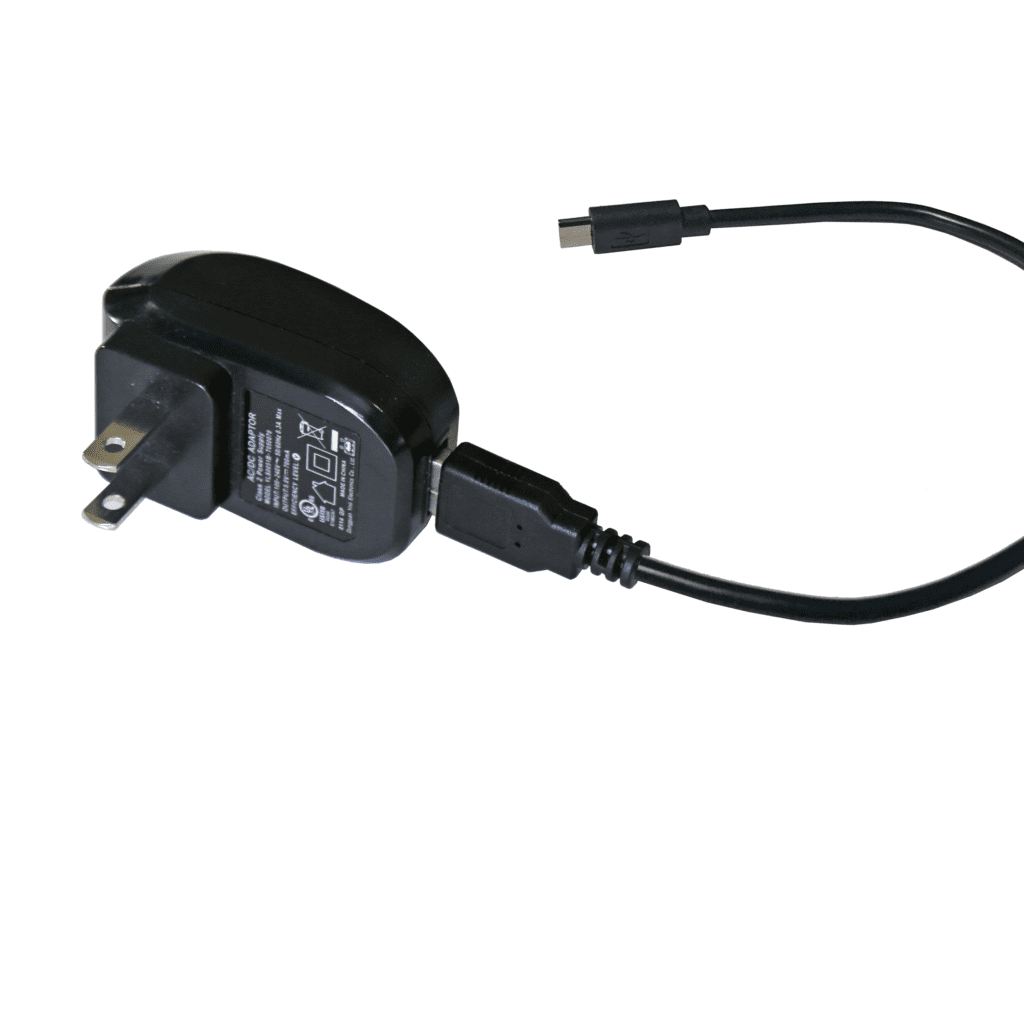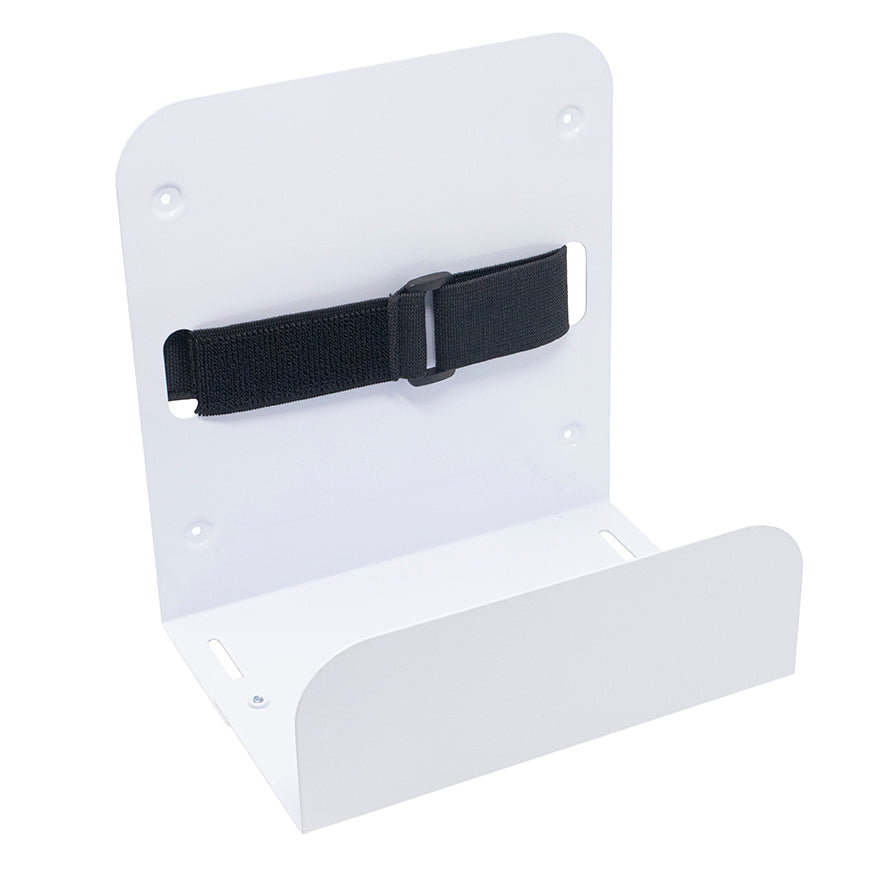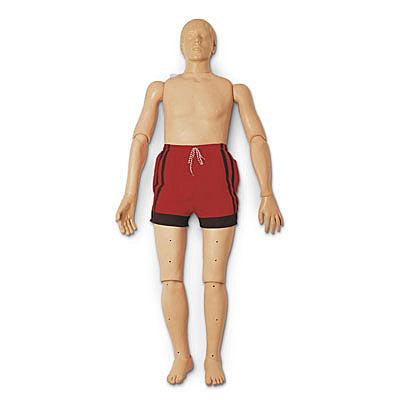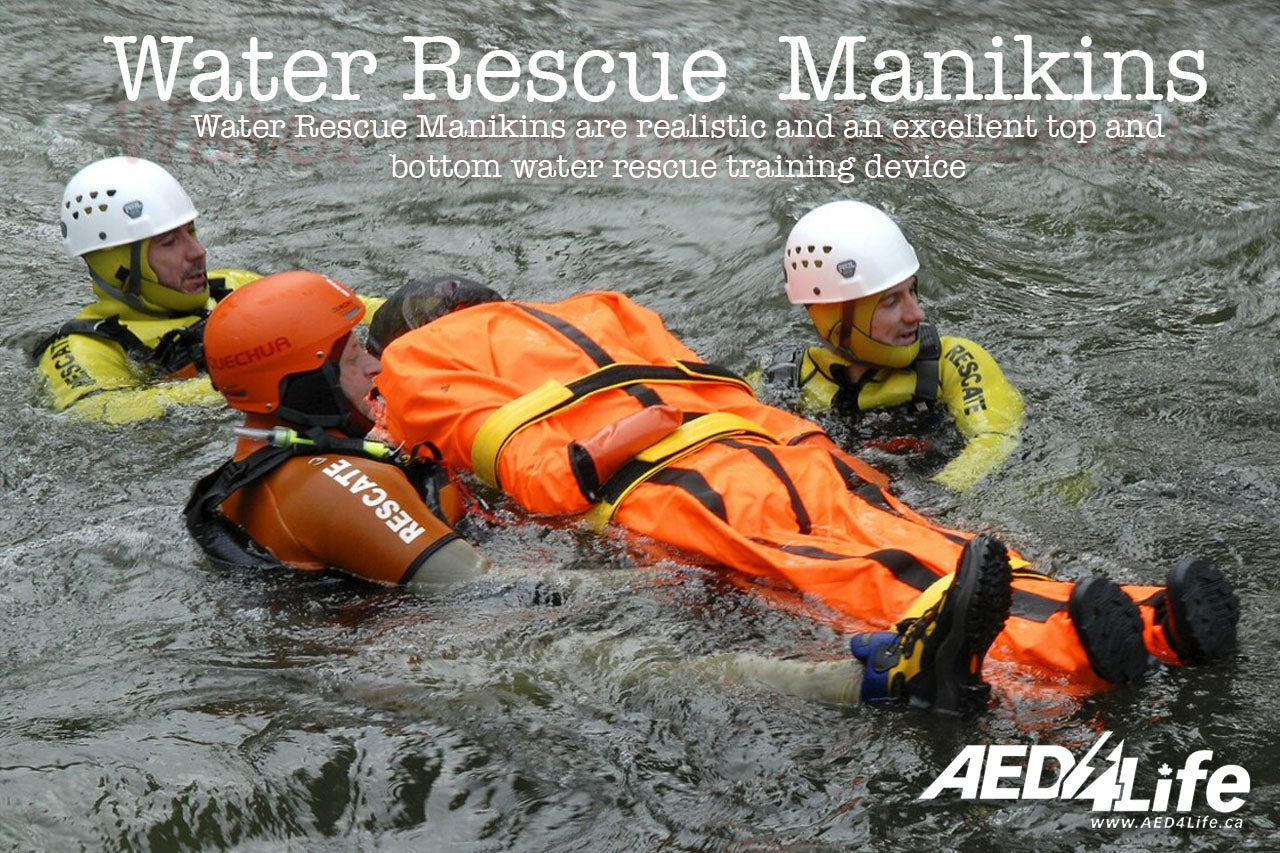Rescue Randy and Rescue Manikins are both types of training manikins used in emergency response training scenarios, particularly in situations involving water rescue or extrication from hazardous environments.
1. Rescue Randy:
Description: Rescue Randy is a specialized training manikin designed to simulate the weight and size of an adult human. It is typically used for training in scenarios where a lifelike representation of a person is needed, such as water rescues, high-angle rescues, and confined space extrications.
Construction: It is often constructed from durable materials to withstand rough handling and exposure to various environmental conditions. Some versions may have articulated joints to mimic realistic movement.
Weighted Design: Rescue Randy is weighted to approximate the weight of an average adult, allowing trainees to practice proper lifting and carrying techniques.
2. Rescue Manikins:
Description: Rescue Manikins are specialized training aids designed to simulate various emergency situations, including water rescues, CPR training, and extrication exercises. They come in different configurations to cater to specific training needs.
Types:
Water Rescue Manikins: These are designed to float in water and are used for practicing water rescues, such as lifeguard training.
CPR Training Manikins: These are equipped with features to simulate realistic chest compressions and rescue breathing during CPR training sessions.
Extrication Manikins: These are designed for scenarios involving the extrication of victims from confined spaces or hazardous environments.
Materials: They are typically made from materials that are resistant to water, wear, and tear, ensuring they can withstand repeated use in training scenarios.
Both Rescue Randy and Rescue Manikins play a crucial role in providing hands-on, realistic training experiences for emergency responders, lifeguards, and other professionals who may be called upon to perform rescues in challenging environments. They help trainees develop the skills and confidence needed to respond effectively in real-life emergency














